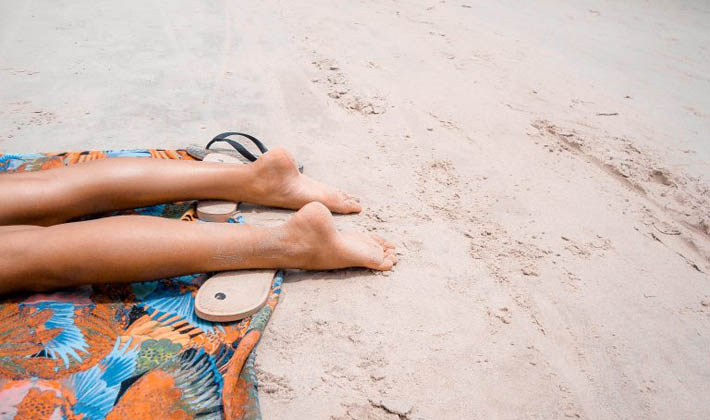Pronation is a natural movement of the foot that occurs during gait. Pronation allows the foot to absorb shock as our foot hits the ground. When arches are low or flat, they have the tendency to excessively pronate and roll in too much. Very often, the opposite is true for high arches and we find that the foot underpronates, or doesn’t pronate enough which leads to poor shock absorption at the level of the foot. There are many injuries associated with overpronation; plantar fasciitis, arthritic toes, bunions, knee and/or low back pain. Under pronation, while less common, can cause stress fractures, shin splints and knee pain.
Overpronation
Overpronation can be complicated to eliminate. Pronation involves the recruitment of the plantar fascia, and this repetitive recruitment could weaken the foot and cause injury. Custom made orthotics and footwear can really improve this condition.
Custom-made Orthotics:
- Deep heel cup made with firm material will offer maximum control.
- Semi rigid orthotic will absorb excessive movement while offering cushioning and support.
- Progressive increase to the arch of the orthotic will support the plantar fascia and encourage efficient gait.
Orthopaedic Footwear:
- Motion control footwear has pronounced stability in the medial portion of the shoe in efforts to decrease pronation.
- Select footwear that can easily accommodate custom made orthotics with removable liners and offer wider width options.
- Rocker bottom sole that will allow efficient toe off while reducing pronation.
Underpronation
Underpronation is difficult to eliminate during gait, but custom orthotics and proper footwear can help greatly. Reduced pronation during gait can be attributed to high or rigid foot types. An arch that is considered pes cavus may under-utilize the plantar fascia during gait and in turn increases the stress on the structural landmarks of the foot; the heel and ball of the foot. This foot type tends to experience symptoms of aggravating body pain, in particular the knees and back. Minimal pronation results in minimal shock absorption and puts the foot at risk for common high pressure injuries common with underpronation; stress fractures, arthritis, shin pain, lateral knee pain, hip and/or back pain.
Custom-made Orthotics:

- Semi soft materials will allow for maximum shock absorption
- Deep heel cup and Prominent lateral edges will control supination (roll out).
- Accommodations to prominent structures in the foot to further offload problem areas.
Orthopaedic footwear:
- Select a shoe with a wide-base sole. This will decrease the ability of the foot to supinate.
- Select a neutral shoe with a sturdy heel counter. A neutral shoe will provide excellent cushioning.
- Select a shoe with a deep fit with adjustability to ensure proper fit of high arches and custom orthotics.
You can take a look at the soles of your shoes to see where the wear is occurring. If it happening on the middle or inside of the shoe this is generally a sign that your foot is not hitting the ground in the correct position and may be causing you pain. If the wear is on the outside of the heel, and it isn’t excessive then this is normal wear. If you are experiencing pain in your feet, legs, knees or back reach out to your local Canadian Certified Pedorthist to have your feet and gait assessed. Click here to find a Pedorthist near you.
By Julia Hayman, C. Ped (C)
